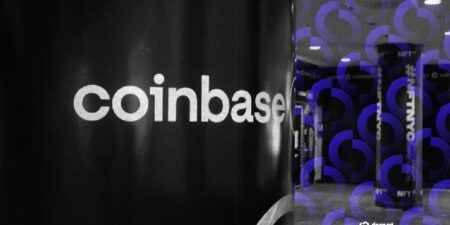Ripple‘s developer arm, RippleX, revealed that some of the recently introduced Automated Market Maker (AMM) pools on XRP Ledger (XRPL) encountered technical issues that prevented transactions from processing correctly.
In a March 24 statement on X (formerly Twitter), the developers said:
“The discrepancy affected how the DEX payment engine routes liquidity through AMM pools and order books in some complex payment path scenarios.”
David Schwartz, the CTO of Ripple, further explained that the issue did not originate from the single-sided deposit feature, as it aligns with the intended functionality of the AMM design. He added:
“Single-sided deposits allow for a more streamlined user experience, but can lead to price impacts when pools have less liquidity. It’s best for users to review the price impact in their tooling before submitting a transaction and front-end apps should display this information to users.”
AMMs were launched on XRPL on March 22 after the community had waited two years. The project was designed to unlock additional liquidity sources and trading opportunities for XRPL users.
However, due to the early teething problems, AMM users have been advised against depositing new funds into these pools until the issue is resolved.
Furthermore, RippleX revealed that a proposed solution is under community review and will soon be put to an amendment voting process.
‘Canary network’
XRPL developer Wietse Wind proposed the concept of a Canary network for the blockchain network in response to the challenges encountered during the launch of AMM.
According to him:
“The recent finding of a bug in the freshly launched AMM on the XRP Ledger shows the need for better testing. Testing with real value, on a network that isn’t mainnet. Testing when an amendment is available, not when it was voted in and went live.”
The Canary network would operate independently with its native tangible asset. This setup will encourage real-life usage, providing a practical environment for users and developers to test and identify vulnerabilities.
Notably, Wind’s idea echoes existing practices in blockchain development, such as Ethereum’s utilization of multiple testnets like Sepolia. These test environments serve as crucial platforms for testing upgrades and amendments before their deployment on the mainnet.
The post Canary network testing proposed after AMM launch issues on Ripple’s XRP Ledger appeared first on CryptoSlate.
Read the full article here









